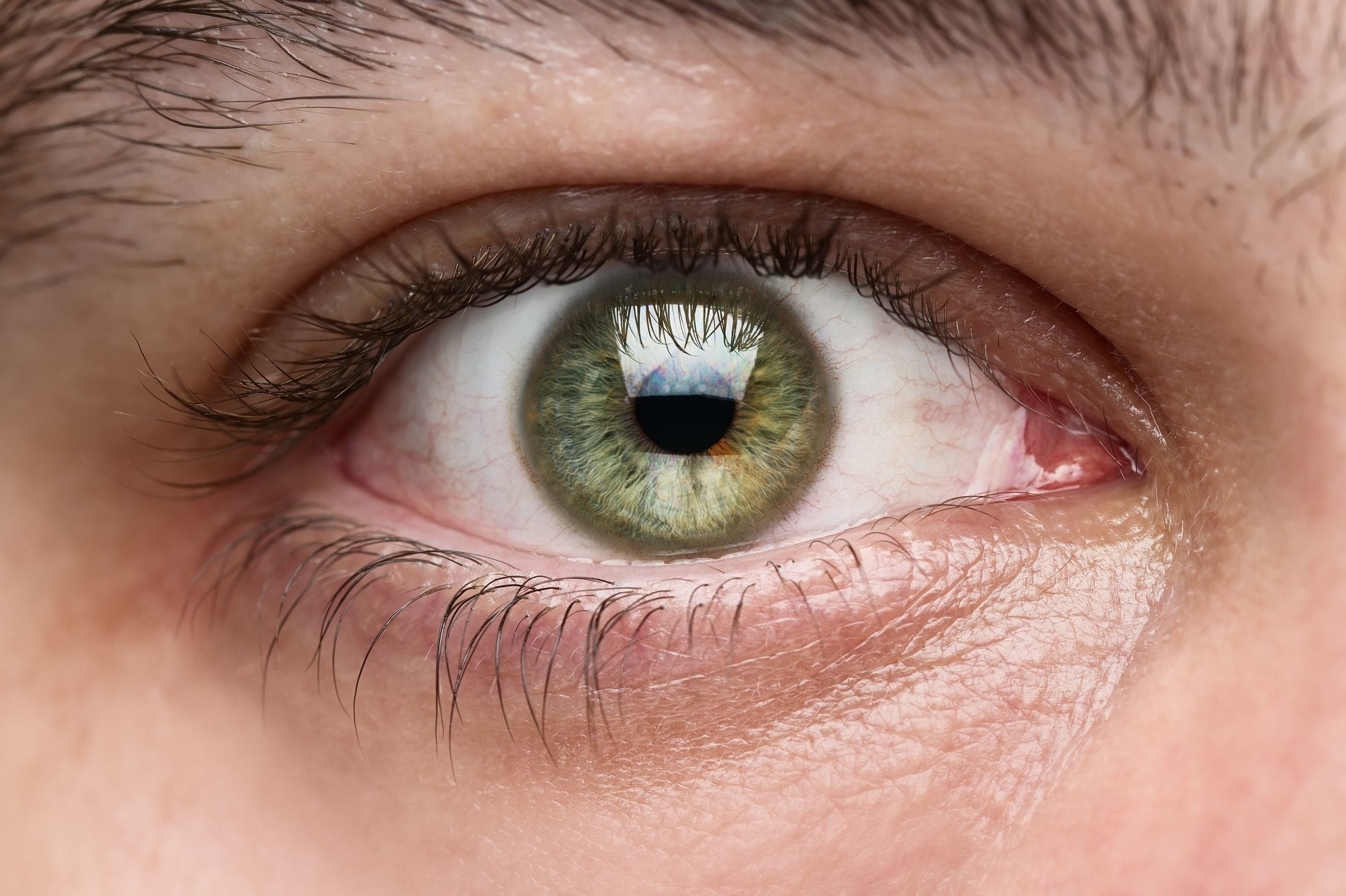Researchers from Germany have found that mini-brains can grow eyes. Scientists usually grow mini-brains from human stem cells to understand how people develop from embryos. The discovery can now help scientists learn how eyes diseases develop.
The researchers used human induced pluripotent stem cells, iPSC, to create mini-brains with a pair of symmetrical optic cups at their front part. The mechanism is similar to that of a human embryo in the womb.
According to Jay Gopalakrishnan, a senior study author, University Hospital Düsseldorf, the researchers were able to develop a primitive sensory structure that is light sensitive and has cell types that are present in the human body.
He adds that the organs could help scientists investigate interactions between the brain and eyes as the embryo develops and understand the development of congenital eyes diseases. It could also help them make retinal cells for transplantation therapy and drug testing.
Scientists have previously made optic cups using other methods
This experiment is not the first time scientists have tried to develop a pair of optic cups. Making brain organoids can cause the development of a retina, the light-sensitive tissue in the back of an eye. Optic cups on a mini-brain can also be generated using adult pluripotent cells, which scientists reprogram into embryonic stem cells.
Other attempts to create optic cups via pluripotent stem cells came from a desire to make a pure retina. Such optic cups were not integrated with the brain organoid.
How the researched conducted the experiment
To generate optic cups on the brain organoids, the scientists adjusted the protocol used to change the pluripotent cells into neural tissue, thus enabling the brains to create optic cups. They used 16 different batches of cells from 4 donors and made 314 mini-brains. About 72% of the brains were able to grow their optic cups in approximately 30 days. They became visible after 50 days.
The optic cups also had corneal tissue, lens and showed the retinal connection to the brain organoid. They developed active neuronal connections that allowed them to be sensitive to light.
The researchers conclude that scientists can now investigate the cause of congenital blindness and vision impairment through brain organoids.


